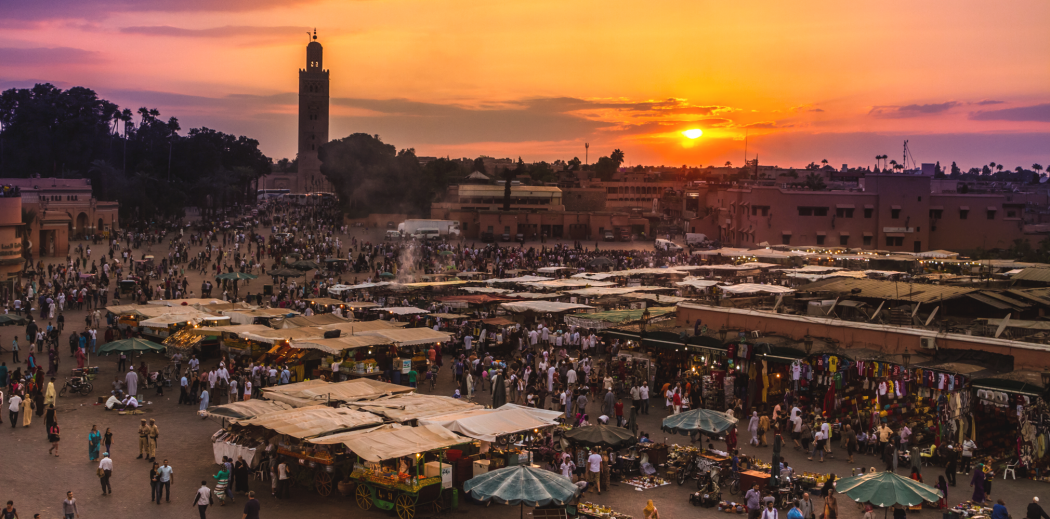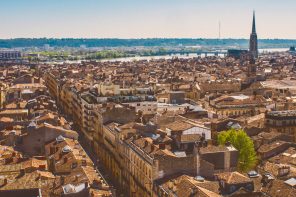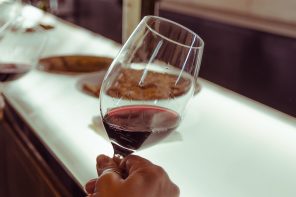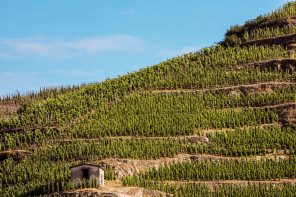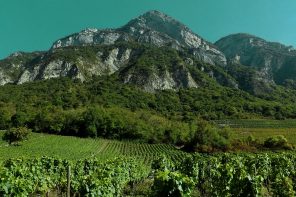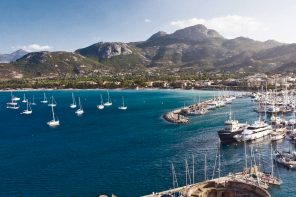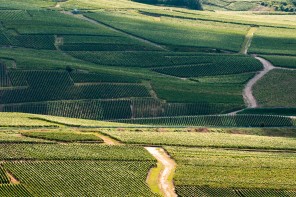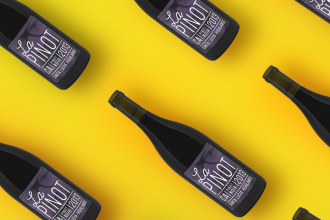Hot climate, cool climate. Wine people throw these words around in a cavalier fashion. For the most part they’re self-explanatory, most grape varieties have a specific climate that they thrive in, or at least prefer. Still, to look at temperature in a normal person way is very different than looking at it in a winemaker or a viticulturist way.
See, it’s not just a matter of the hottest recorded temperatures. The world’s five wine growing regions are determined by something called a degree day. And in order to understand degree days, you’ve got to understand The Winkler Scale. This may seem altogether unimportant, but it is interesting.
In the 1940’s a dude named A.J. Winkler developed the Winkler Scale as a way of classifying the growing regions of the world by climate. You take a day’s average temperature (a high of 95 and a low of 55 would make the average 75- yay for 3rd grade math!) and give it one day for every degree over 50’ fahrenheit. So it’s not an actual day, it’s really just a number- an average temperature of 75 would equal 25 degree days. There! Now you’ve got the science-nerd scoop on wine region climates.
So, there are five recognized wine growing regions on the Winkler Scale. They’re aptly titled Regions I-V. Go figure. Region V is the hottest, and includes areas where there are more than 4,000 degree days between April 1st and October 31st. Region V does not include very many areas, and few wine grapes really prefer this intense heat.
So what IS the hottest region? It may surprise you: Morocco!
What, you’ve never seen a Moroccan wine on the shelves of your favorite wine shop? You’re not the only one. North Africa is technically considered a wine region, and it is located in Region V. Algeria is also a producer of wine, though popular opinion would hold that Morocco has more potential to produce wines of quality.
There are plenty of old vines to be found there, thanks to the French (who else?). In the 1950’s Morocco’s wine production was at its peak. When it subsequently established independence in 1956, production declined and some vines were gradually ripped out. In the 1990’s, several Bordeaux estates made investments there and production slowly increased. Strapping varietals like Syrah, Tempranillo and Cabernet are planted there… even a touch of the chameleon grape, Chardonnay.
Morocco has a complex relationship with wine. As a Muslim country, alcohol sale is banned to its Muslim residents, although no “special” restrictions are in place at bars or restaurants. The wineries that are in Morocco are not advertised, and you can only visit them through a tour company; there is an informal ban on advertising there.
Despite the ban on alcohol sales to its residents, one winery reported that only a small percentage of their produce was exported, mostly to France. So where does it all go? Tourists? Secret drinkers?
Somewhat mysterious if you ask us. Might you get your hands on some Moroccan juice in the near future? Hate to break it to ya: probably not.

